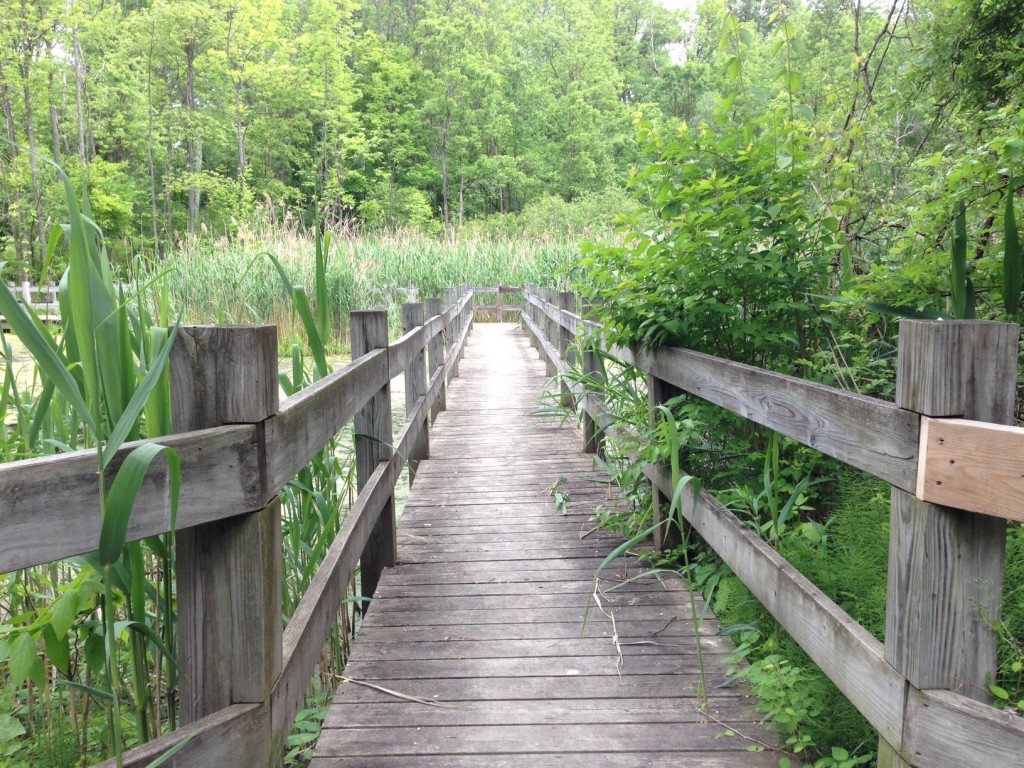In recent years, this heron (or maybe several, but I’ve always seen just one at a time) has regularly hung out by the koi pond in Richmond’s Lewis Ginter Botanical Garden. Visitors pay their quarter and toss in a handful of pellets, the fish surface for their breakfast, et voila: the heron breakfasts, too. Herons are usually quite shy, but this one is now savvy enough to stay put when a visitor appears with pellets, and today it got quite close and followed me around. I cleverly threw my pellets on the opposite side of the path from where the heron was poised to strike, so it had to go back and forth, which is a slow process for a heron on foot, and the only breakfast served while I was there was to the koi.
As a Buddhist, I feel I can’t prefer fish over herons or vice versa–they all have an equal desire to live and an equal need to sustain themselves. But I always try to err on the side of not contributing to anyone’s immediate peril.




